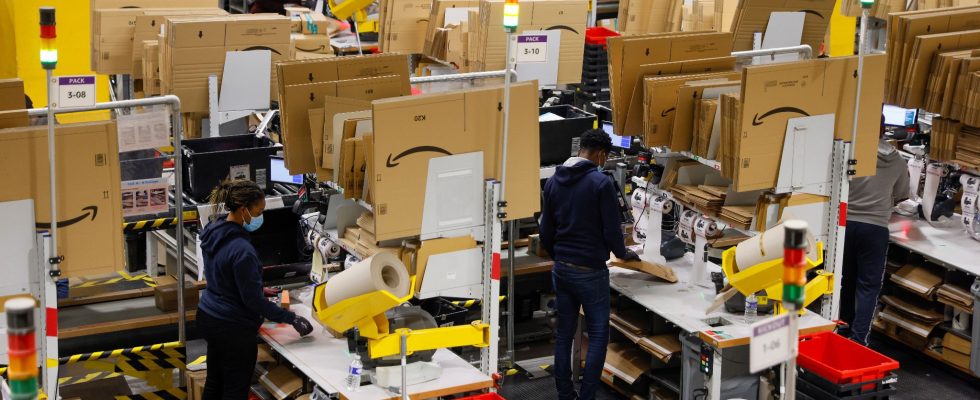Frank Rosenthal, an expert in retail marketing and a great connoisseur of the mysteries of distribution, has written a valuable book on the four years that have upset the daily lives of customers and merchants.
First act: the collapse of physical commerce in 2020, following the Covid pandemic, which will give a tremendous boost to e-commerce. The trajectory of the latter seemed in any case traced: by 2024, many experts saw it inexorably dethroning the brick and mortar shop.
Crossed-out
The incredible rebound of this same business in stores afterwards. The figures are edifying. Between 2016 and 2020, according to a Kantar study dissected by the author, e-commerce wins the battle by generating 52% of the growth of the sector against 48% for physical commerce. But in 2021 and 2022, in full rebound of the economy, it is physical commerce which regains control with 72% of the growth achieved against 28% in e-commerce.
The very people who announced the triumph of digital commerce eighteen months earlier are now talking about the “retail e-pocalypse”. This is evidenced by the decline of the drive-thru, the collapse of the pedestrian drive-thru, the decline of “quick commerce” and the disappointments of Black Friday.
The French attached to human contact
As a meticulous consultant, Frank Rosenthal analyzes the reasons for this spectacular consumer backsliding. The two types of distribution are in reality perfectly complementary: the strengths of one are the weaknesses of the other. The brands that are doing badly are those that slip on one of the two channels, including when they target young people. Many have seen e-commerce as too good: the contrasting performance of delivery and the sometimes chaotic management of returns weigh in the balance. As for environmental concerns, it argues more for click and collect than for home delivery. Were underestimated, too, the strong attachment of the French for contact with their merchants, and their desire to return to life before rather than take the plunge towards a form of modernity, without looking back.
How will commerce evolve tomorrow? Frank Rosenthal gives us his vision of high value-added stores, focused on data, experience and personalization. And that of a more fluid e-commerce, which would move away from the “basket” as the only purchasing model.
The book is full of examples and concrete cases. The icing on the cake, it opens with a broad preface by Moez-Alexandre Zouari, one of the most daring and visionary personalities in the world of “retail”, who has forged a small empire on very strong convictions: specialized, local retail and short supply chains. Convictions that he only delivers in dribs and drabs in the media. It would be a shame to deprive yourself.
Post-Covid trade changes
By Frank Rosenthal, Kawa editions, 134 p., 29.95 euros.
Rating: 4/5
